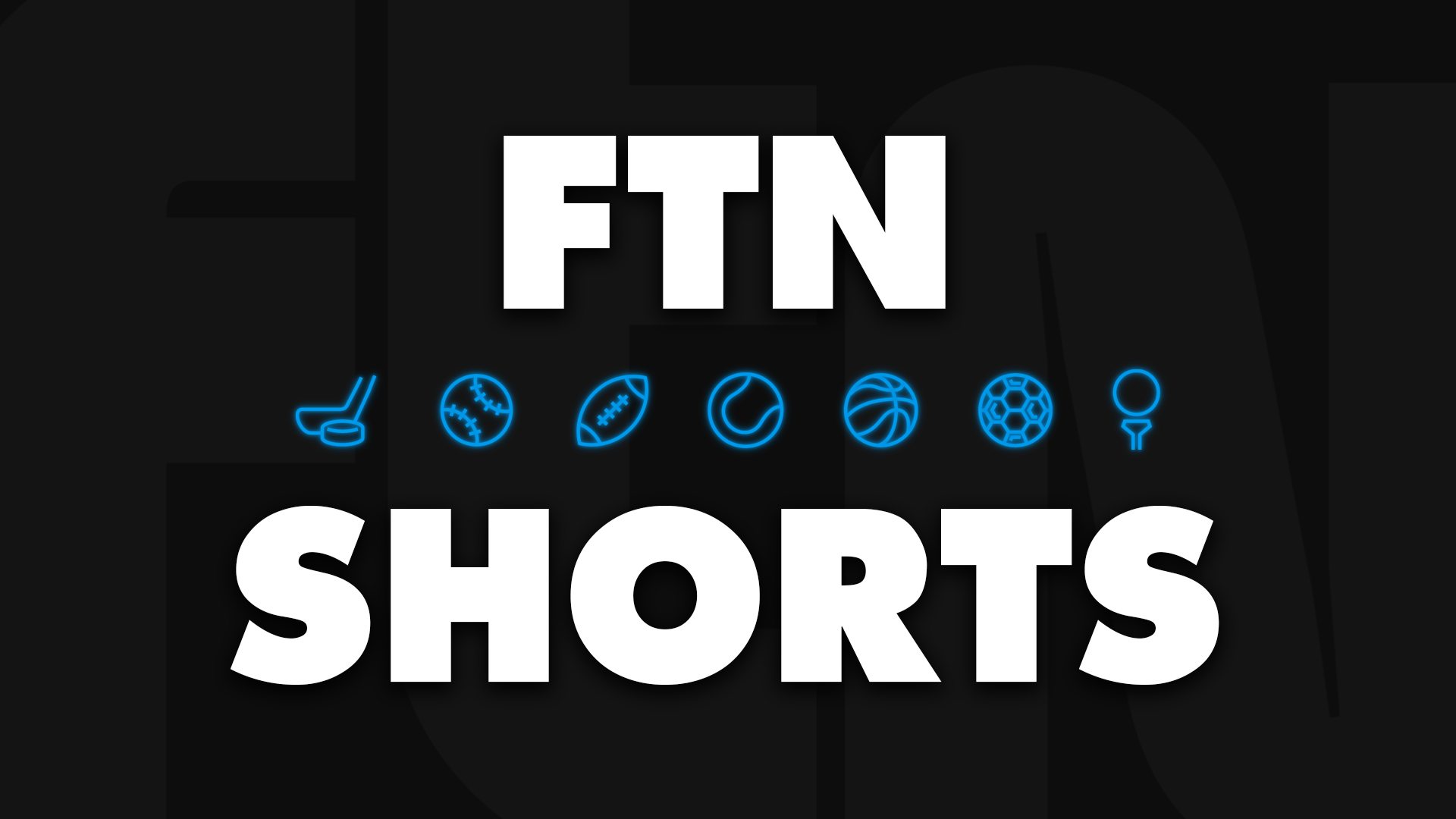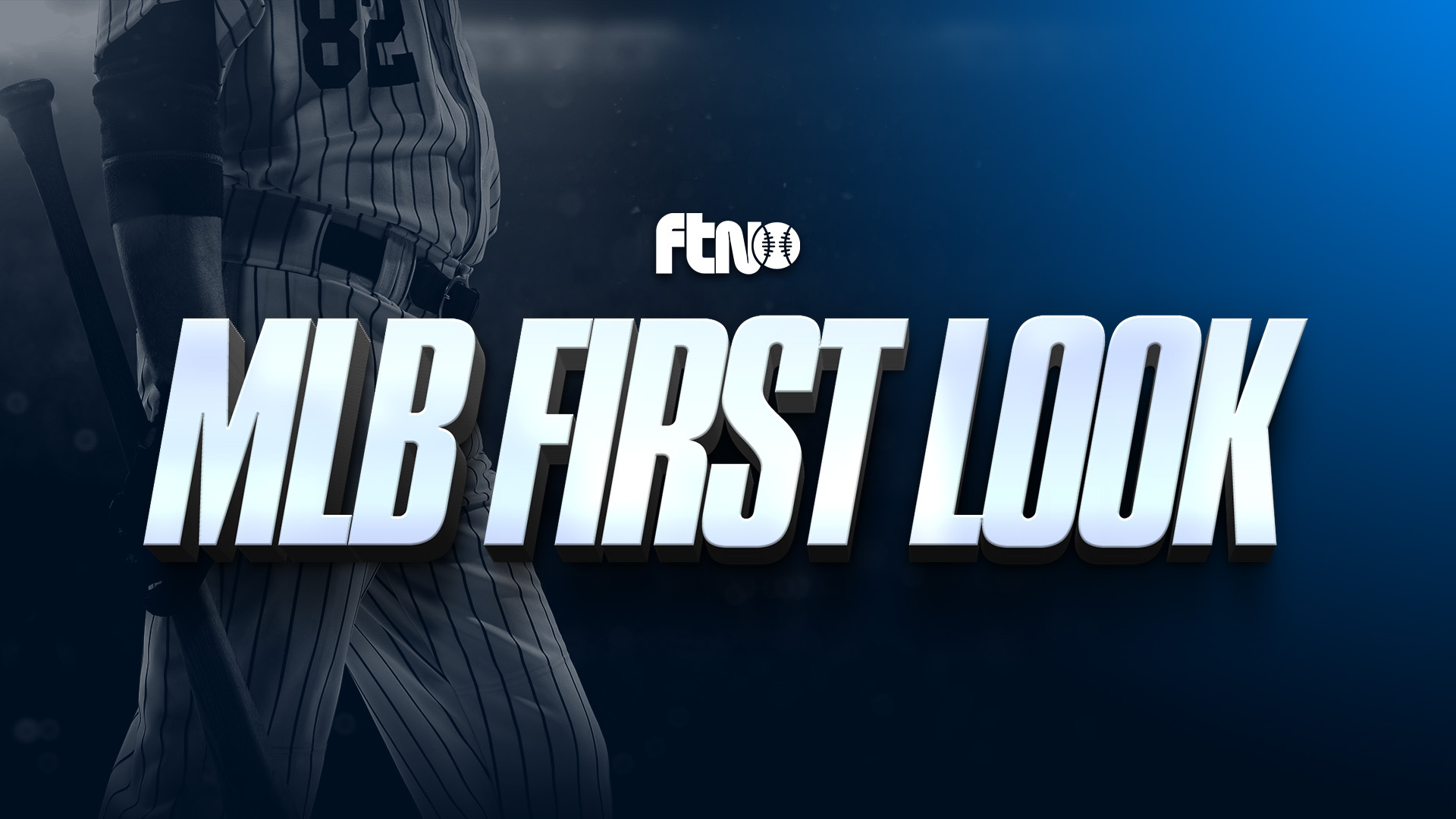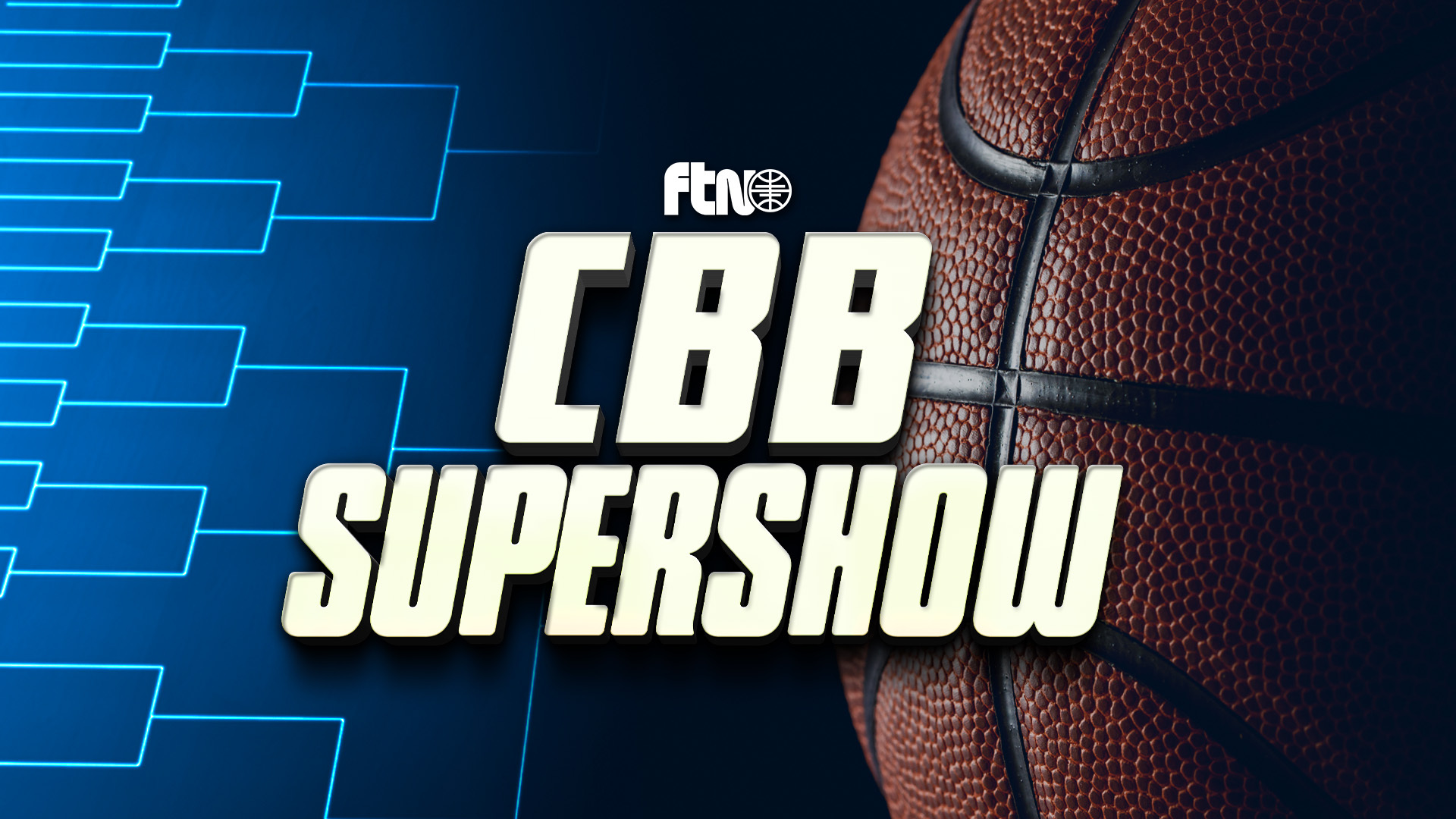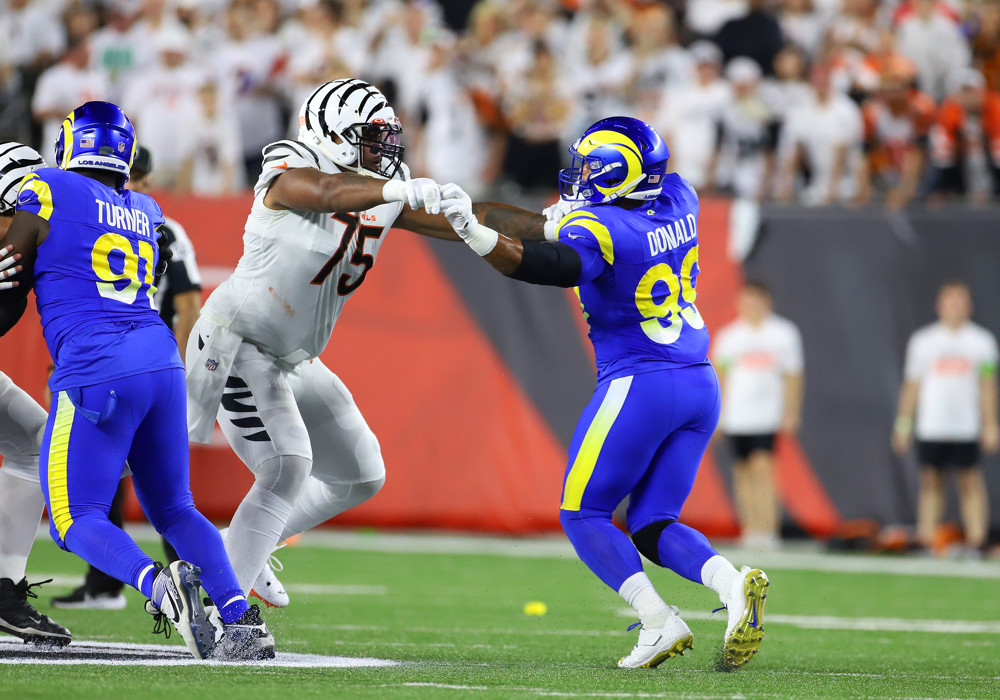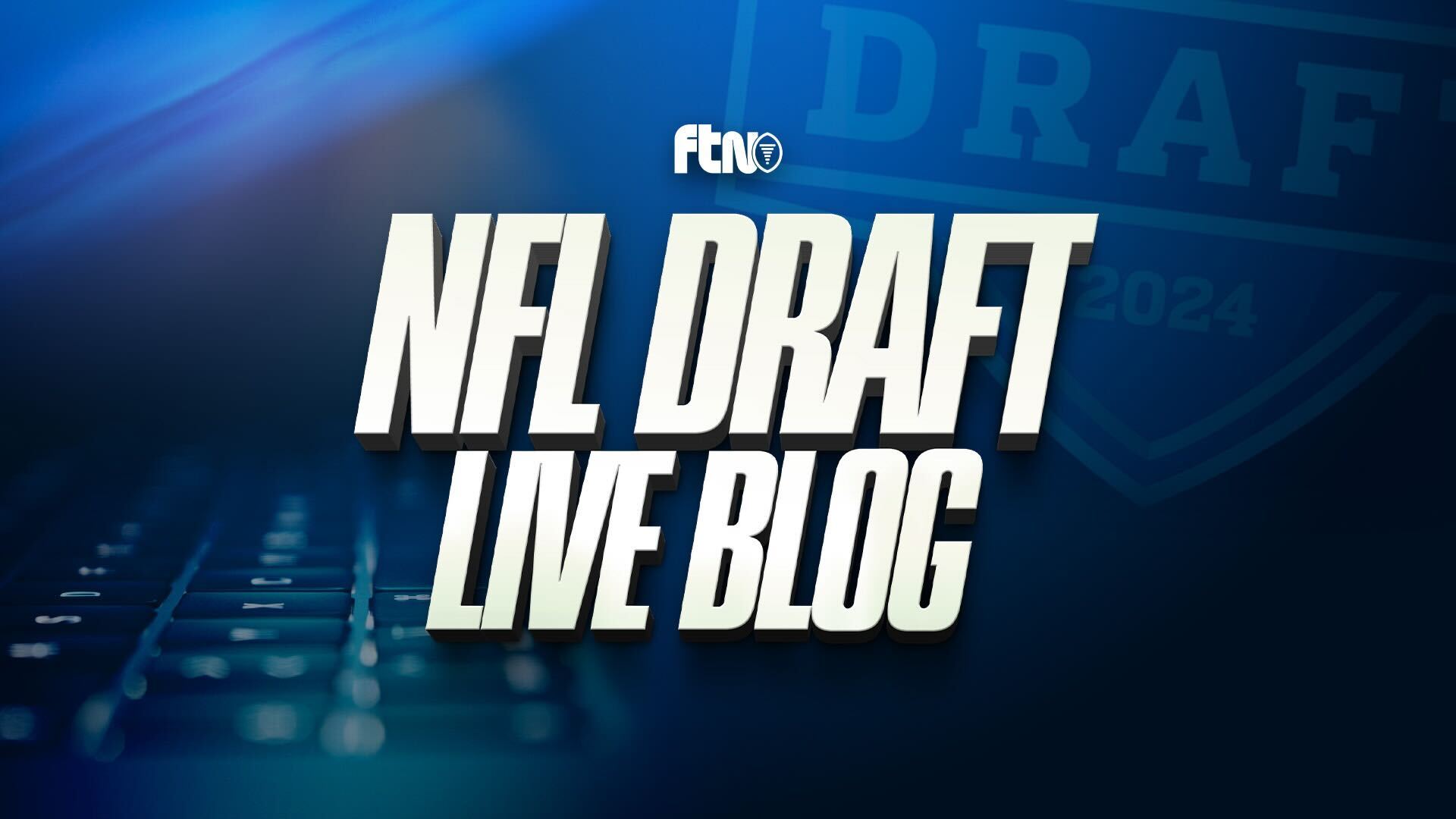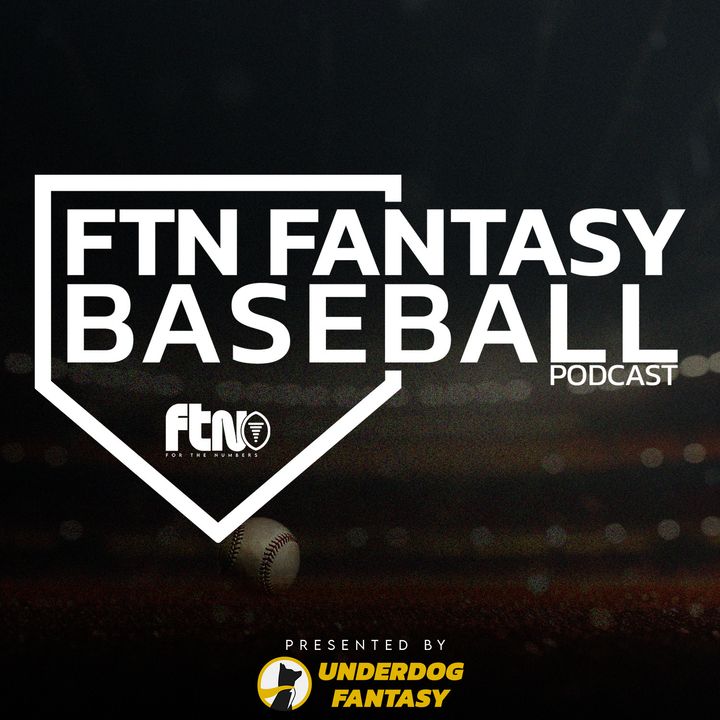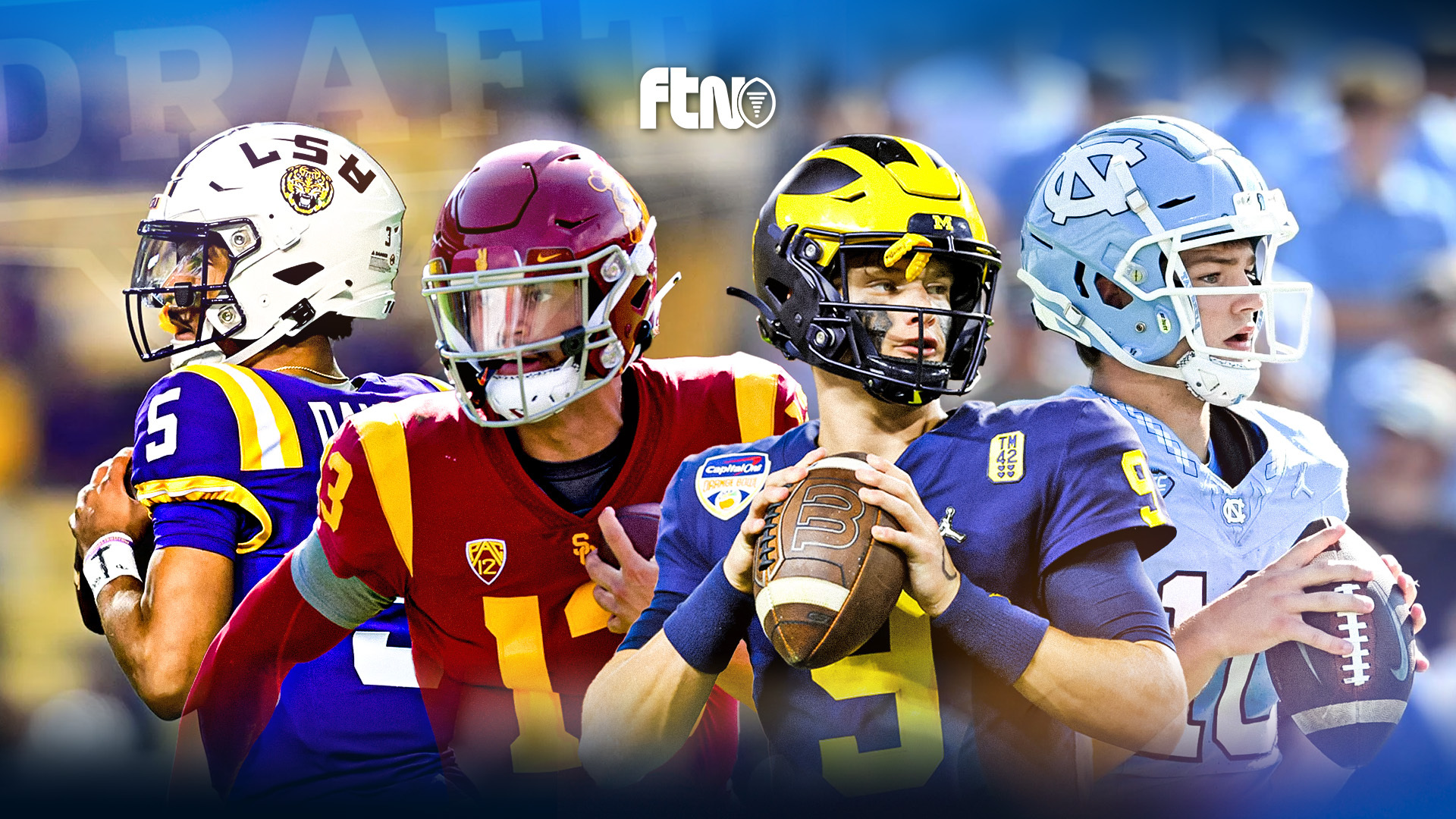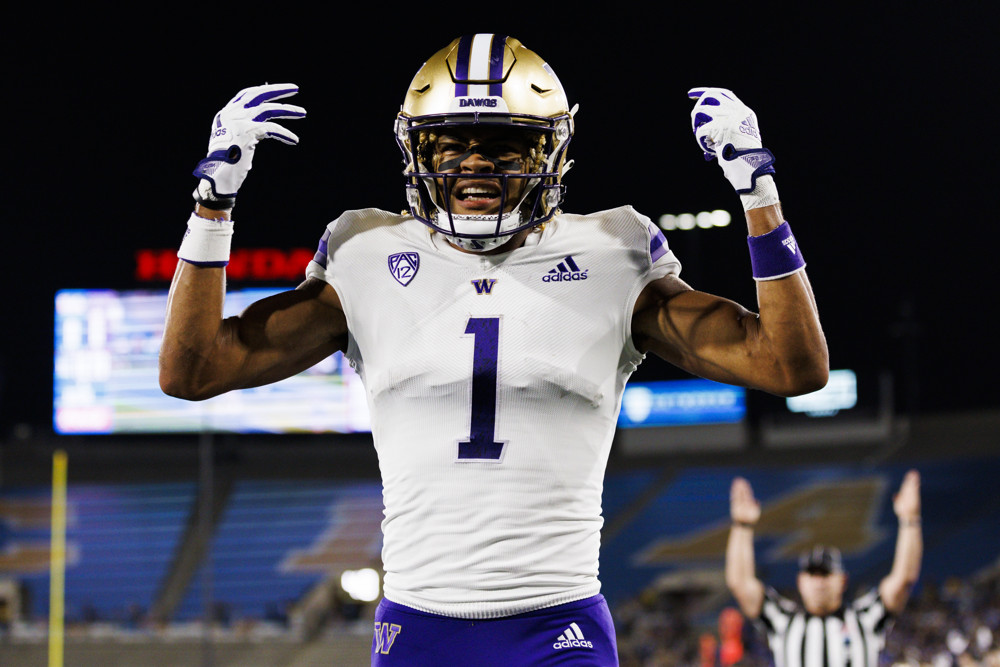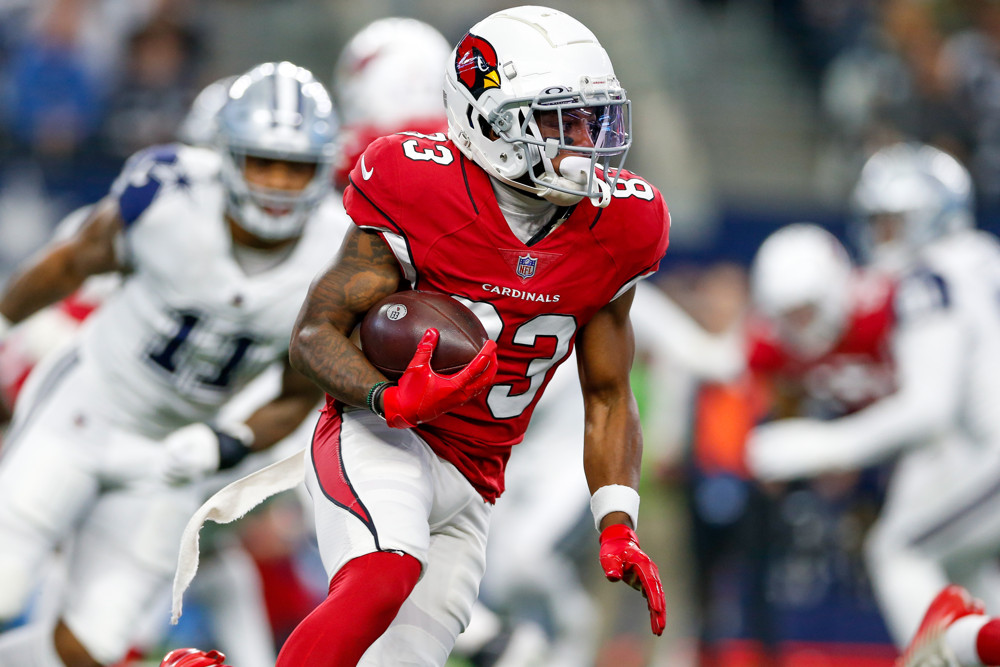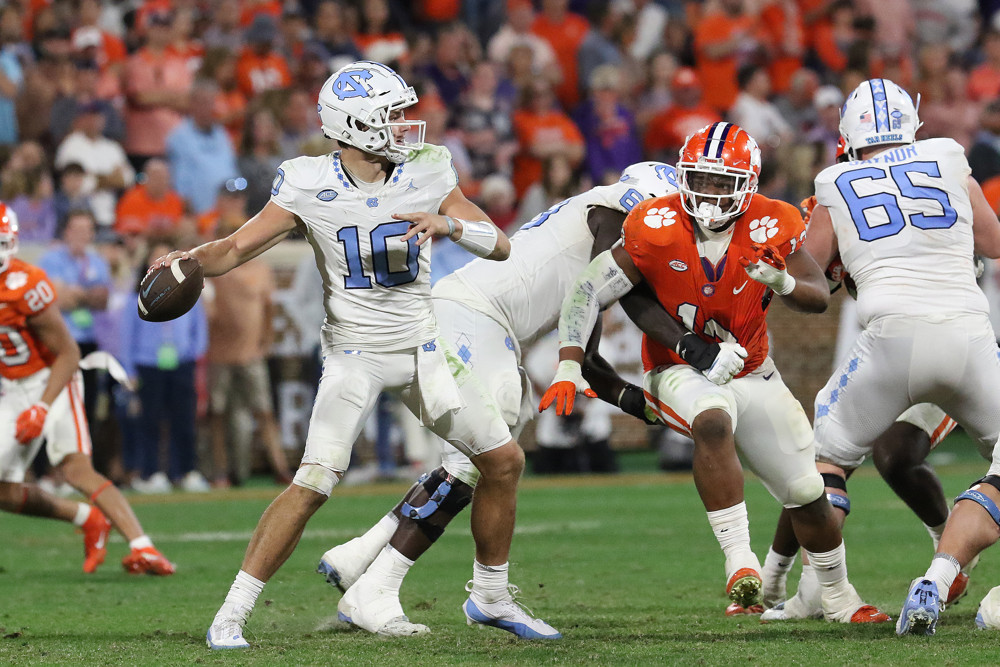
If you only plan to draft 10 to 15 best ball teams in fantasy football in 2020, you probably don’t need to worry about your exposure percentages. Just go get your guys and have fun rooting for them all. However, if you plan on drafting a lot of teams, you need to track your exposure to specific players to manage risk. Even if a player is a screaming value at his ADP, if you draft him on 70% of your teams and he gets injured, you won’t be happy. First, let’s talk about how to decide which players you want to be overweight/underweight on, and then let’s talk about techniques to get you there.
If you are drafting in 12-team leagues, 8.33% ownership of any player is even weight. You don’t want to be even weight with the field on everyone, so how do you choose the players to have more/less than 8.33% of the time? From a broad perspective, you want to tailor your ownership of players based on their range of possible outcomes and where their draft cost (ADP) fits into that range. Players being drafted at, or near, their floor should be your highest-owned guys, while those with an ADP near their ceiling should be your lowest-owned players. As an example of this approach, if you pick Lamar Jackson in the middle of the second round, he has to be the highest-scoring quarterback in fantasy by a significant margin in order to pay off that draft cost. Russell Wilson, on the other hand, is being drafted in the seventh round at an ADP of QB6. Being the QB1 is in his range of outcomes, and QB6 is very close to his floor, so I would expect myself to have a lot more teams with Wilson than Jackson.
When you dig into situations a little further, you will find there are some players with asymmetric upside, where their median projection would tell you they are a poor pick at ADP, but whose top-end outcome is significantly outperforming ADP. For example, consider Alexander Mattison or Tony Pollard. Their draft cost in the ninth and 10th rounds don’t fit their median projections, but if anything happened with Ezekiel Elliott or Dalvin Cook, those players would suddenly have a high-end expectation. You need to be very careful with these types of players in the first 10 rounds of the draft, especially in a cash league. If you’re drafting in a tournament that pays a large prize to first, players like this are worthy of consideration. You’re playing for .01% outcome and it’s worthwhile to pick players that give you that kind of upside.
A month from now, you’ve read the paragraphs above and are following the plan. Your rosters are full of floor-priced players and you’re really happy with the quality of each team, but then you look up and you have 70% Michael Gallup and 58% Marvin Jones (I’ve been there).
The first thing that I do in a situation like this is see if I’m making the mistake of overdrafting the player. If you are getting any player more than 50% of the time, you are probably taking them a round or two early. If you are getting Jones in the ninth round 58% of the time, you may be able to get him 33% of the time in the 10th. If you think he’s a great value in the ninth, he’s an even better value a round later and you can still get an overweight percentage of the player. If you start letting the player fall another round and find you are still getting them on a lot of your teams, try dropping them another round and see what happens. You don’t want to be overweight on a player at a higher-than-market ADP, especially if you are drafting in a tournament with a lot of other teams that were able to draft the player you like much later.
In general terms, your risk of having too high an exposure to a player increases the earlier you take them. Late-round picks are more than likely occasional contributors to your starting lineup, not every-week guys you can count on, so your downside of being heavily exposed to an early-round player is much higher than your late-round fliers and bench pieces. I try to tailor my maximum exposure to a player to the table I built below:
On occasion, there are players I will break this rule for, but I have to have a very concrete reason to do so. You have to remember that exposure management is about self-policing and making sure you don’t put all of your eggs in a basket with holes.
One last strategy I would like to get into is tailoring your exposure to players based on their variable ADP over a longer time period. Best ball drafts don’t strictly take place in August. Most sites start offering contests as soon as the Super Bowl is over, so we are managing our exposures over a sample of time in which each player has highly variable ADP. If you just drafted all year, remained even weight on every player, but drafted every player at their cheapest ADP, you would have an above-average win rate. One of the best ways to do this is to track news and stay ahead of the market reaction to it. Last season, I liked Chris Herndon’s 13th-round ADP as a high-upside tight end but avoided drafting him at a high rate because he had a DUI arrest in January that the NFL was investigating and the market had yet to react to it. I knew the suspension was at least two games, based on NFL rules. I also knew that when this became official, his ADP would fall a few rounds, allowing me to get the amount of exposure I wanted, but at a 15th-round ADP instead. In the end, Herndon was injured in his return and my 15th-round Herndon picks were worthless, but it would have been even worse if I had regularly drafted him in the 12th.






